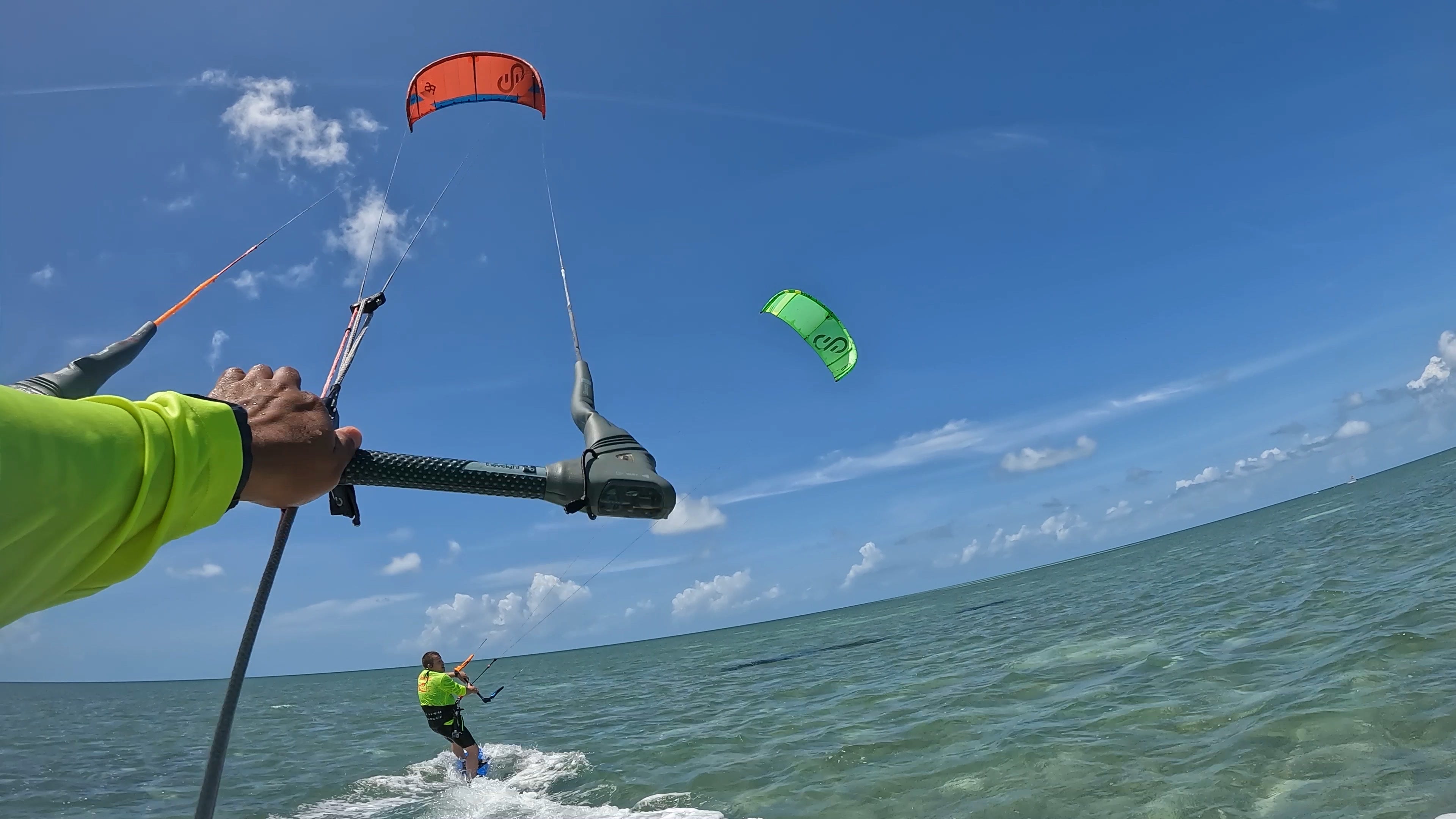Introduction: Kite flying is a timeless activity that brings joy and a sense of wonder to people of all ages. Whether you're a child or an adult, there's something magical about watching a colorful kite dance in the sky. If you're new to kite flying and looking for an enjoyable, stress-free experience, you've come to the right place. In this guide, we'll explore the world of easy-to-fly kites and provide you with essential tips to help you take to the skies effortlessly.
Why Choose Easy-to-Fly Kites? Easy-to-fly kites are perfect for beginners for several reasons:
-
Quick Setup: These kites are designed for hassle-free assembly, so you can spend less time preparing and more time flying.
-
Stable Flight: Easy-to-fly kites typically have stable and predictable flight characteristics, making them forgiving for novice flyers.
-
Durable Materials: They are often constructed with durable materials, ensuring they can withstand minor crashes and accidents.
-
Affordable: You don't need to break the bank to get started with easy-to-fly kites. They are usually budget-friendly.
-
Great for Learning: These kites are excellent tools for learning the basics of kite flying before progressing to more advanced models.
Choosing the Right Kite: Before you embark on your kite-flying adventure, it's essential to choose the right kite for your needs. Here are some popular easy-to-fly kite options:
-
Diamond Kites: These classic diamond-shaped kites are known for their stability and ease of control. They are great for beginners.
-
Delta Kites: Delta kites are easy to launch and provide steady flight even in light winds. They come in various sizes and designs.
-
Parafoil Kites: Parafoil kites have no rigid frame, which makes them incredibly easy to set up and pack away. They are also highly portable.
-
Sled Kites: Sled kites are simple and stable, making them perfect for beginners. They are typically rectangular in shape and come in various colors.
-
Single-Line Kites: These kites have a single line for control and are perfect for those who want a straightforward kite-flying experience.
Tips for Easy Kite Flying:
-
Choose the Right Location:
- Find an open area away from trees, buildings, and power lines.
- Avoid flying near crowded spaces or busy roads.
-
Check the Wind:
- Ideal wind speed for most easy-to-fly kites is between 5 to 15 miles per hour (8 to 24 kilometers per hour).
- Use a windsock or flag to gauge wind direction and speed.
-
Assemble Your Kite:
- Follow the manufacturer's instructions for assembly.
- Ensure all parts are securely connected.
-
Launching Your Kite:
- Stand with your back to the wind and hold the kite up.
- Allow the wind to catch the kite as you release it gently.
-
Control and Maneuvering:
- Start with small movements to get a feel for your kite's response.
- Practice turning and looping to improve your kite-flying skills.
-
Safety First:
- Keep a safe distance from others to avoid accidents.
- Be mindful of your surroundings and potential obstacles.
Conclusion: Easy-to-fly kites offer a fantastic way to experience the joy of kite flying without the frustration of a steep learning curve. With the right kite, a suitable location, and a little practice, you can enjoy hours of fun soaring high in the sky. So, gather your friends and family, pick up a kite, and let the wind carry your spirits as you embark on your kite-flying adventure. Happy flying!



